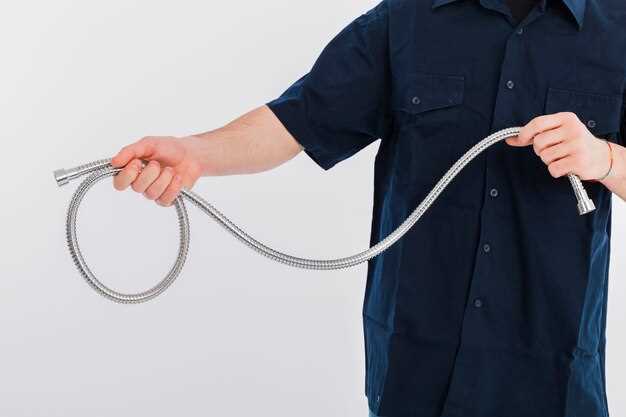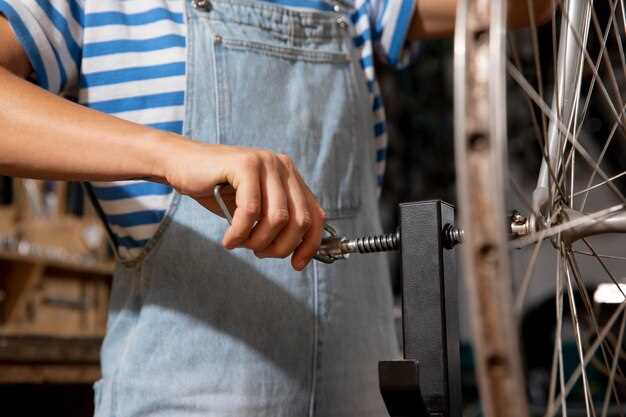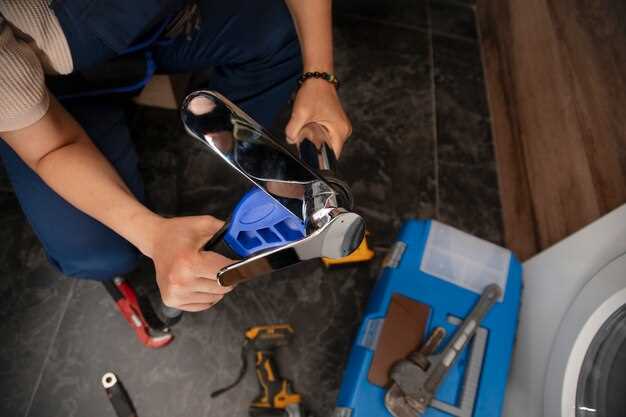
Upgrading your vehicle’s braking system is an essential step towards ensuring improved safety and performance. One effective way to enhance your brake system is by installing stainless steel brake lines. These lines offer superior durability, corrosion resistance, and a more consistent brake pedal feel compared to traditional rubber hoses.
In this guide, we will walk you through the process of installing stainless steel brake lines, ensuring that you have all the necessary information and tools at hand. From gathering materials to understanding the installation steps, we will cover everything you need to complete this project successfully. Whether you are a seasoned mechanic or a DIY enthusiast, this guide aims to equip you with the knowledge required for a successful installation.
Aside from improving the aesthetics of your engine bay, stainless steel brake lines can significantly enhance the overall efficiency and reliability of your braking system. As you progress through this installation, we will emphasize key considerations and best practices to ensure that your new brake lines function flawlessly and provide you with the confidence to hit the road. Let’s get started!
Choosing the Right Stainless Steel Brake Lines for Your Vehicle

When upgrading your vehicle’s braking system, selecting the appropriate stainless steel brake lines is crucial for performance and safety. Here are key factors to consider:
- Compatibility:
Ensure that the brake lines are specifically designed to fit your vehicle’s make and model. Check compatibility lists provided by manufacturers or consult with a professional.
- Length:
Brake lines come in various lengths. Measure your current brake lines before purchasing to ensure a proper fit. Incorrect lengths can lead to performance issues or installation difficulties.
- Material Quality:
Look for high-quality stainless steel brake lines manufactured with durable materials. Braided stainless steel is recommended for added strength and flexibility.
- Brake Line Fittings:
Confirm that the fittings match your existing brake system connections. Common types include AN fittings, OEM-style fittings, and many others. Incompatibility can lead to leaks and system failures.
- Pressure Rating:
Check the pressure rating of the brake lines. They should withstand the pressures generated during braking, especially if you have upgraded your vehicle’s braking system.
- Installation Type:
Decide whether you want a complete kit or individual lines. A complete kit typically includes all necessary components for installation, whereas individual lines may require additional purchases.
- Brand Reputation:
Research and choose reputable brands known for quality and reliability. Read reviews and seek recommendations from fellow automotive enthusiasts or professionals.
- Cost Consideration:
While price is essential, don’t compromise on quality for savings. Invest in a good set of brake lines to ensure safety and durability in the long run.
After considering these factors, you will be better equipped to choose the right stainless steel brake lines for your vehicle, enhancing braking performance and ensuring safety on the road.
Step-by-Step Process for Installing Stainless Steel Brake Lines
Begin by gathering all necessary tools and materials, including a set of stainless steel brake lines, wrenches or ratchet, brake line cutter, flare tool, and a bucket to catch any brake fluid. Ensure you have ample brake fluid on hand, as you will need it for the bleeding process.
1. Lift the Vehicle: Use a jack to raise the vehicle securely, and support it with jack stands to ensure safety during the installation process. Confirm that the vehicle is stable before proceeding.
2. Remove the Wheels: Take off the wheels to access the wheel wells and brake components. This may require loosening lug nuts with a wrench or impact gun. Place the wheels aside in a safe location.
3. Identify Existing Brake Lines: Trace the existing brake lines to understand their routing. Take note of any clips or brackets that hold the lines in place. This will help in proper placement of the new stainless steel lines.
4. Disconnect the Old Brake Lines: Using a wrench, carefully loosen the fittings on both ends of the existing hydraulic brake lines. Be prepared for some brake fluid to leak out; use the bucket to catch any fluid. Avoid twisting the lines excessively to prevent damage to surrounding components.
5. Prepare the New Lines: Measure and cut the stainless steel brake lines to the required length. If necessary, use a flare tool to create the appropriate fittings on the ends of the lines to ensure a secure connection.
6. Install the New Brake Lines: Begin installation by connecting one end of the stainless steel line to the brake caliper or wheel cylinder. Tighten the fitting to create a leak-proof seal. Route the line along the same path as the old line, using clips and brackets as needed to secure it in place.
7. Connect to the Master Cylinder: At the opposite end, connect the brake line to the master cylinder or brake proportioning valve. Ensure all connections are secure and check for any potential obstructions or sharp edges that may rub against the lines.
8. Inspect and Secure the Brake Lines: Double-check all connections for tightness and ensure the lines are firmly secured in their mounting points. Look for any signs of wear or interference with moving suspension components.
9. Bleed the Brake System: After installation, it is crucial to bleed the brake system to remove any air that may have entered during the line replacement. Start with the wheel farthest from the master cylinder and work your way closer, following the manufacturer’s specifications.
10. Test and Reassemble: Once the brake lines are bled, check the overall braking system by testing the brakes for any leaks or irregularities. Reattach the wheels and lower the vehicle back to the ground. Perform a final brake test before driving to ensure the system is functioning properly.
Common Pitfalls to Avoid When Installing Brake Lines

When installing stainless steel brake lines, there are several common pitfalls that can lead to poor performance or safety issues. Being aware of these can save time and ensure a successful installation.
1. Ignoring Manufacturer Instructions
Each brake line kit may have specific installation instructions. Neglecting to follow these guidelines can lead to improper installation, compromising the system’s effectiveness. Always read and adhere to the manufacturer’s recommendations for best results.
2. Failing to Use the Right Tools
Using inappropriate tools can damage fittings or the brake lines themselves. Make sure to use the correct wrenches and cutters designed for brake lines to avoid stripping threads or causing leaks.
3. Not Inspecting Old Lines and Components
Before installation, inspect existing brake lines and components. Worn or damaged parts can affect performance and should be replaced to ensure the new lines function correctly. Skipping this step could negate the benefits of upgrading to stainless steel lines.
4. Improper Routing of Brake Lines
Correct routing is crucial to avoid kinks or tension on the brake lines. Make sure lines are positioned away from heat sources and moving parts. Using zip ties or brackets can help secure lines in their proper places.
5. Over-Torquing Fittings
Over-tightening can lead to stripped threads or damaged fittings. Tighten fittings to the torque specifications provided by the manufacturer, and use a torque wrench when necessary to avoid damaging connections.
6. Not Bleeding the Brake System Thoroughly
After installation, inadequate bleeding can leave air trapped in the system, resulting in a spongy brake feel. It is essential to bleed the brake lines properly, ensuring that all air bubbles are removed for optimal braking performance.
7. Forgetting to Check for Leaks
After the installation, always inspect for leaks. Any signs of fluid seeping from connections need immediate attention, as leaks can lead to brake failure. Take the time to double-check all fittings and connections.
By avoiding these common pitfalls, you can ensure a safe and effective installation of stainless steel brake lines, ultimately improving the performance and longevity of your vehicle’s braking system.


